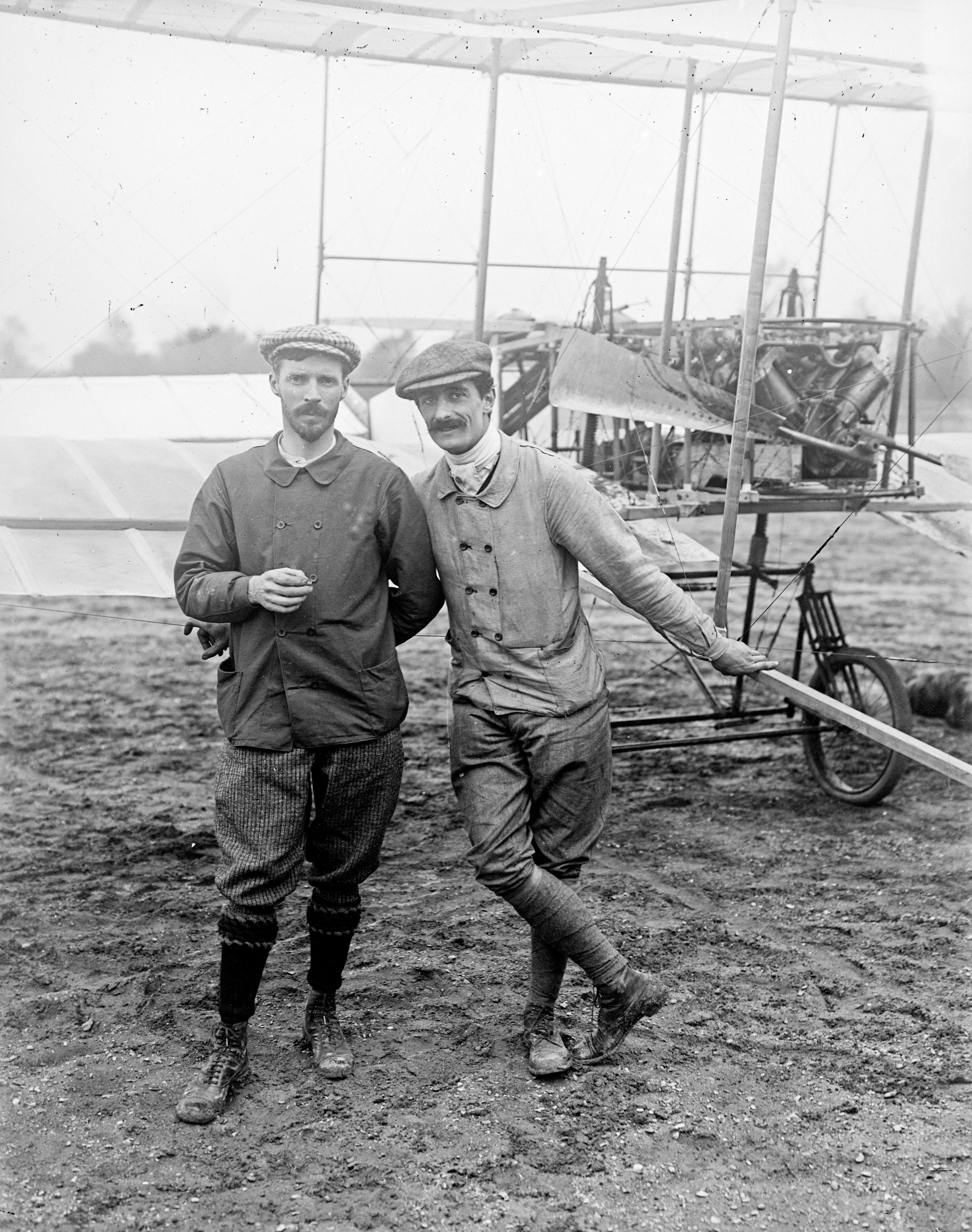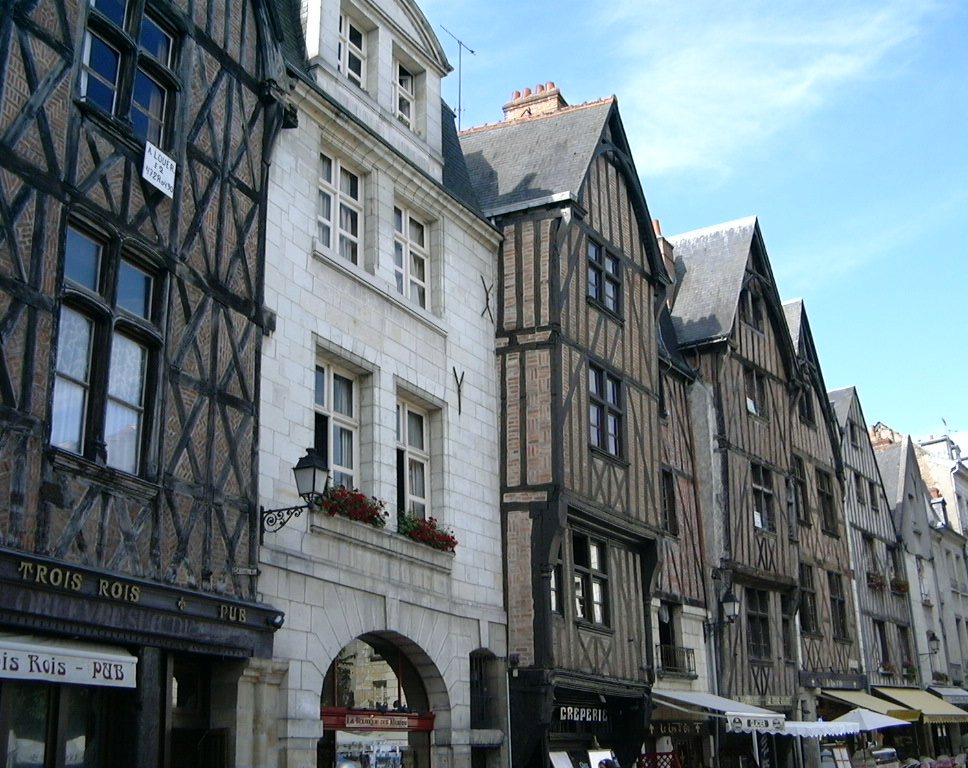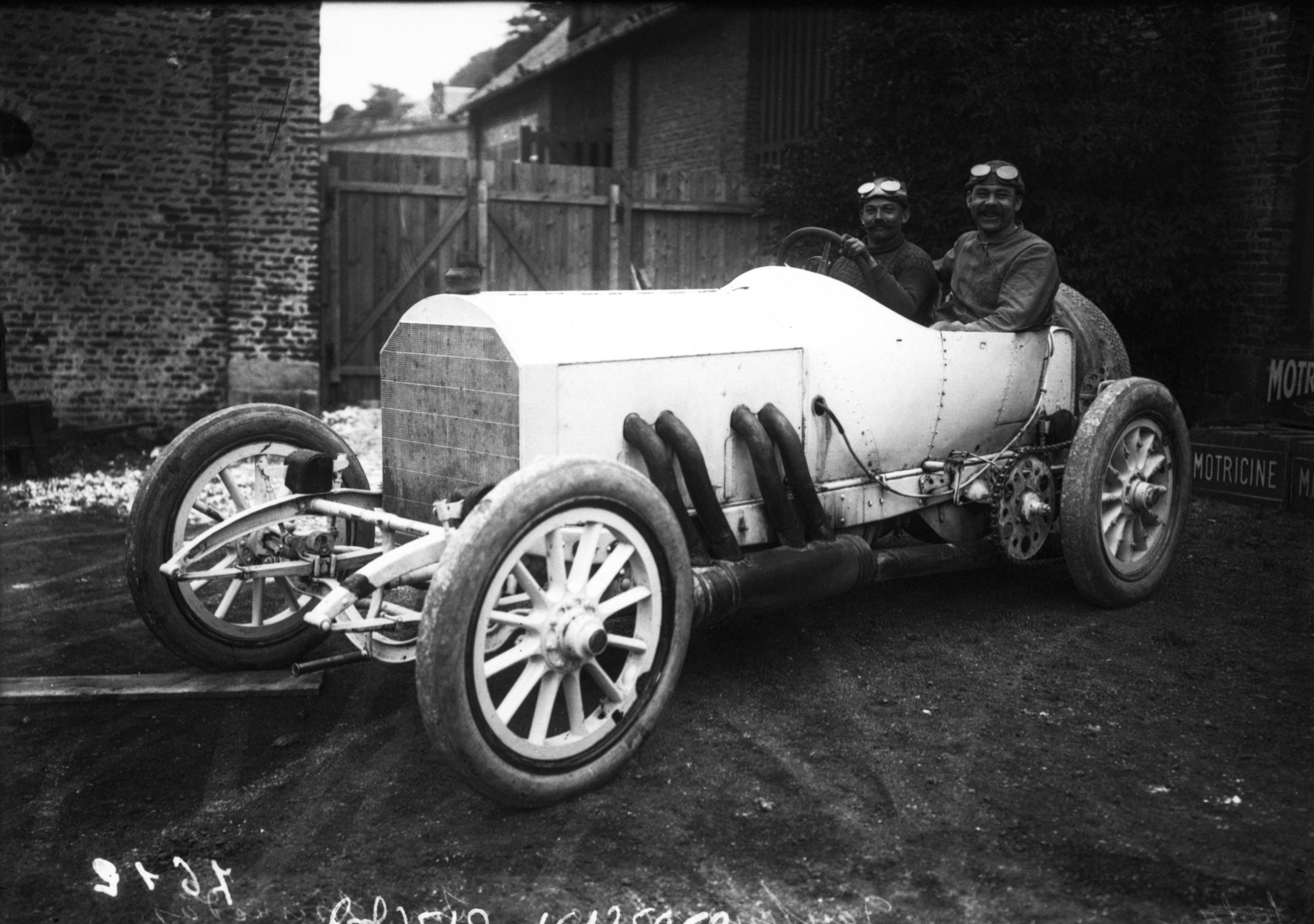|
Henri Rougier
Henri Louis Rougier, (28 October 1876 – July 1956) Retrieved 29 September 2017 was a French sportsman, racing cyclist, pioneer aeroplane pilot and sporting motorist. He is best remembered for his victory in the inaugural when he drove his Turcat-Méry from Paris to , but he was also a regular competitor in both 'City to City' and Grand Prix races. On 18 November 1909 he was awarded < ... [...More Info...] [...Related Items...] OR: [Wikipedia] [Google] [Baidu] |
Turcat-Méry
Turcat-Méry was a French motor manufacturer from 1899 until 1928. It is now celebrated as the marque that won the inaugural Monte Carlo Rally, but in its prime it was also known for Grand Prix racing and for producing ''The Car of the Connoisseur''. Prior to World War I it was closely associated with the Lorraine-Dietrich company. History In 1895 Alphonse Méry of Marseille bought a Panhard et Levassor and a Peugeot. His younger brother Simon Méry and his brother in law Léon Turcat, both engineers, decided to improve on both models with their own design, a 2.6-litre, four-cylinder, five-speed car with electric ignition, radiators at each end of the engine and two speeds in reverse. Thus in 1899, when the car was ready for sale, they founded Turcat-Méry & Cie. They then established a partnership with Baron Adrien de Turckheim of the De Dietrich and Lorraine-Dietrich, and produced cars whose slogan was ''The Car of the Connoisseur''. Henri Rougier became the Paris agent and c ... [...More Info...] [...Related Items...] OR: [Wikipedia] [Google] [Baidu] |
1906 French Grand Prix
The 1906 Grand Prix de l'Automobile Club de France, commonly known as the 1906 French Grand Prix, was a motor race held on 26 and 27 June 1906, on closed public roads outside the city of Le Mans. The Grand Prix was organised by the Automobile Club de France (ACF) at the prompting of the French automobile industry as an alternative to the Gordon Bennett races, which limited each competing country's number of entries regardless of the size of its industry. France had the largest automobile industry in Europe at the time, and in an attempt to better reflect this the Grand Prix had no limit to the number of entries by any particular country. The ACF chose a circuit, composed primarily of dust roads sealed with tar, which would be lapped six times on both days by each competitor, a combined race distance of . Lasting for more than 12 hours overall, the race was won by Ferenc Szisz driving for the Renault team. FIAT driver Felice Nazzaro finished second, and Albert Clément ... [...More Info...] [...Related Items...] OR: [Wikipedia] [Google] [Baidu] |
Peugeot
Peugeot (, , ) is a French brand of automobiles owned by Stellantis. The family business that preceded the current Peugeot companies was founded in 1810, with a steel foundry that soon started making hand tools and kitchen equipment, and then bicycles. On 20 November 1858, Émile Peugeot applied for the lion trademark. Armand Peugeot (1849–1915) built the company's first car Steam car, steam tricycle, in collaboration with Léon Serpollet in 1889; this was followed in 1890 by an internal combustion car with a Panhard-Daimler-Motoren-Gesellschaft, Daimler engine. The Peugeot company and family are originally from Sochaux. Peugeot retains a large manufacturing plant and Musée de l'Aventure Peugeot, Peugeot museum there. In February 2014, the shareholders agreed to a recapitalisation plan for the PSA Group, in which Dongfeng Motors and the French government each bought a 14% stake in the company. Peugeot has received many international awards for its vehicles, including six E ... [...More Info...] [...Related Items...] OR: [Wikipedia] [Google] [Baidu] |
Panhard
Panhard was a French motor vehicle manufacturer that began as one of the first makers of automobiles. It was a manufacturer of light tactical and military vehicles. Its final incarnation, now owned by Renault Trucks Defense, was formed by the acquisition of Panhard by Auverland in 2005, and then by Renault in 2012. In 2018 Renault Trucks Defense, ACMAT and Panhard combined under a single brand, Arquus. History Panhard was originally called Panhard et Levassor, and was established as an automobile manufacturing concern by René Panhard and Émile Levassor in 1887. Early years Panhard et Levassor sold their first automobile in 1890, based on a Daimler engine license. Levassor obtained his licence from Paris lawyer Edouard Sarazin, a friend and representative of Gottlieb Daimler's interests in France. Following Sarazin's 1887 death, Daimler commissioned Sarazin's widow Louise to carry on her late husband's agency. The Panhard et Levassor license was finalised by Louise ... [...More Info...] [...Related Items...] OR: [Wikipedia] [Google] [Baidu] |
Turcat-Méry 1906
Turcat-Méry was a French motor manufacturer from 1899 until 1928. It is now celebrated as the marque that won the inaugural Monte Carlo Rally, but in its prime it was also known for Grand Prix racing and for producing ''The Car of the Connoisseur''. Prior to World War I it was closely associated with the Lorraine-Dietrich company. History In 1895 Alphonse Méry of Marseille bought a Panhard et Levassor and a Peugeot. His younger brother Simon Méry and his brother in law Léon Turcat, both engineers, decided to improve on both models with their own design, a 2.6-litre, four-cylinder, five-speed car with electric ignition, radiators at each end of the engine and two speeds in reverse. Thus in 1899, when the car was ready for sale, they founded Turcat-Méry & Cie. They then established a partnership with Baron Adrien de Turckheim of the De Dietrich and Lorraine-Dietrich, and produced cars whose slogan was ''The Car of the Connoisseur''. Henri Rougier became the Paris agent and c ... [...More Info...] [...Related Items...] OR: [Wikipedia] [Google] [Baidu] |
Albert I, Prince Of Monaco
Albert I (Albert Honoré Charles Grimaldi; 13 November 1848 – 26 June 1922) was Prince of Monaco from 10 September 1889 until his death. He devoted much of his life to oceanography, exploration and science. Alongside his expeditions, Albert I made reforms on political, economic and social levels, bestowing a constitution on the principality in 1911. Early life Born on 13 November 1848 in Paris, France, the son of Prince Charles III (1818–1889), and Countess Antoinette de Mérode-Westerloo (1828–1864), a Belgian noblewoman, maternal aunt of Donna Maria Vittoria dal Pozzo, Princess della Cisterna, Duchess consort of Aosta and Queen consort of Spain. As a young man, Prince Albert served in the Spanish Navy as a navigator. During the Franco-Prussian War, he joined the French Navy where he was awarded the Legion of Honor. In addition to his interest in oceanographic studies, Albert had a keen interest in the origins of man and in Paris, he founded the "''Institute for ... [...More Info...] [...Related Items...] OR: [Wikipedia] [Google] [Baidu] |
Monza
Monza (, ; lmo, label= Lombard, Monça, locally ; lat, Modoetia) is a city and ''comune'' on the River Lambro, a tributary of the Po in the Lombardy region of Italy, about north-northeast of Milan. It is the capital of the Province of Monza and Brianza. Monza is best known for its Grand Prix motor racing circuit, the Autodromo Nazionale di Monza, which hosts the Formula One Italian Grand Prix with a massive Italian support '' tifosi'' for the Ferrari team. On 11 June 2004, Monza was designated the capital of the new province of Monza and Brianza. The new administrative arrangement came fully into effect in summer 2009; previously, Monza was a ''comune'' within the province of Milan. Monza is the third-largest city of Lombardy and is the most important economic, industrial and administrative centre of the Brianza area, supporting a textile industry and a publishing trade. Monza also hosts a Department of the University of Milan Bicocca, a Court of Justice and sever ... [...More Info...] [...Related Items...] OR: [Wikipedia] [Google] [Baidu] |
1923 Italian Grand Prix
The 1923 Italian Grand Prix was a Grand Prix motor race held at Monza on 9 September 1923. It was the first race to be designated as the European Grand Prix. Classification References {{Grand Prix race report , Name_of_race = Italian Grand Prix , Year_of_race = 1923 , Previous_race_in_season = 1923 French Grand Prix , Next_race_in_season = 1924 Indianapolis 500 , Previous_year's_race = 1922 Italian Grand Prix , Next_year's_race = 1924 Italian Grand Prix , Previous_designated_European_Grand_Prix = None , Next_designated_European_Grand_Prix = 1924 French Grand Prix Italian Grand Prix Grand Prix Grand Prix ( , meaning ''Grand Prize''; plural Grands Prix), is a name sometimes used for competitions or sport events, alluding to the winner receiving a prize, trophy or honour Grand Prix or grand prix may refer to: Arts and entertainment ... Italian Grand Prix European Grand Prix ... [...More Info...] [...Related Items...] OR: [Wikipedia] [Google] [Baidu] |
Gabriel Voisin
Gabriel Voisin (5 February 1880 – 25 December 1973) was a French aviation pioneer and the creator of Europe's first manned, engine-powered, heavier-than-air aircraft capable of a sustained (1 km), circular, controlled flight, which was made by Henry Farman on 13 January 1908 near Paris, France. During World War I the company founded by Voisin became a major producer of military aircraft, notably the Voisin III. Subsequently, he switched to the design and production of luxury automobiles under the name Avions Voisin. Early life Gabriel Voisin was born on 5 February 1880 in Belleville-sur-Saône, France, and his brother Charles Voisin, two years younger than him, was his main childhood companion. When his father abandoned the family his mother, Amélie, took her sons to Neuville-sur-Saône, where they settled near her father's factory. Their grandfather, Charles Forestier, took charge of the boys' education with military rigor. The boys also went for expeditions alon ... [...More Info...] [...Related Items...] OR: [Wikipedia] [Google] [Baidu] |
Tours
Tours ( , ) is one of the largest cities in the region of Centre-Val de Loire, France. It is the prefecture of the department of Indre-et-Loire. The commune of Tours had 136,463 inhabitants as of 2018 while the population of the whole metropolitan area was 516,973. Tours sits on the lower reaches of the Loire, between Orléans and the Atlantic coast. Formerly named Caesarodunum by its founder, Roman Emperor Augustus, it possesses one of the largest amphitheaters of the Roman Empire, the Tours Amphitheatre. Known for the Battle of Tours in 732 AD, it is a National Sanctuary with connections to the Merovingians and the Carolingians, with the Capetians making the kingdom's currency the Livre tournois. Saint Martin, Gregory of Tours and Alcuin were all from Tours. Tours was once part of Touraine, a former province of France. Tours was the first city of the silk industry. It was wanted by Louis XI, royal capital under the Valois Kings with its Loire castles and c ... [...More Info...] [...Related Items...] OR: [Wikipedia] [Google] [Baidu] |
1923 French Grand Prix
The 1923 French Grand Prix (formally the XVII Grand Prix de l'Automobile Club de France) was a Grand Prix motor race held at Tours on 2 July 1923. The race was run over 35 laps of the 22.83 km circuit for a total distance of just under 800 km and was won by Henry Segrave driving a Sunbeam. This race is notable as the first Grand Épreuve to be won by either a British driver or a British car. The race also featured several innovative new technologies, including the first appearance of both supercharging and V12 engines in Grand Prix racing. Entries Four French manufacturers entered the Grand Prix in 1923. Based locally in Tours, Rolland-Pilain entered three cars, two of which were improved versions of the straight eights raced in 1922 and the third was one of last year's chassis fitted with a new straight six to be driven by Jules Goux but it did not start. Bugatti entered their new highly slipstreamed '' Tank'' model based on the Type 30, featuring an all–envelo ... [...More Info...] [...Related Items...] OR: [Wikipedia] [Google] [Baidu] |
1908 French Grand Prix
The 1908 French Grand Prix was a Grand Prix motor race held at Dieppe on 7 July 1908. Formula Changes The race was run under a new formula agreed in Ostend in 1907. There was no fuel consumption limit, but the cars had a minimum weight of 1100 kilograms, and a maximum cylinder bore of 155 millimetres. This formula differed from the regulations in place for the American Vanderbilt Cup series, which discouraged American manufacturers from entering the race. Lewis Strang drove the single American entrant, the Thomas Flyer. D. Napier & Son cars were disqualified from the race due to their use of Rudge-Whitworth center locking hubs, which the organizers believed were unsafe. The Race Christian Lautenschlager won the race in his Mercedes finishing nearly nine minutes ahead of Victor Hémery's Benz. Lautenschlager's average speed for the race was . Otto Salzer set fastest lap in his Mercedes, with an average speed of over . The race was notable for tragic reasons. Henri Cissac' ... [...More Info...] [...Related Items...] OR: [Wikipedia] [Google] [Baidu] |






